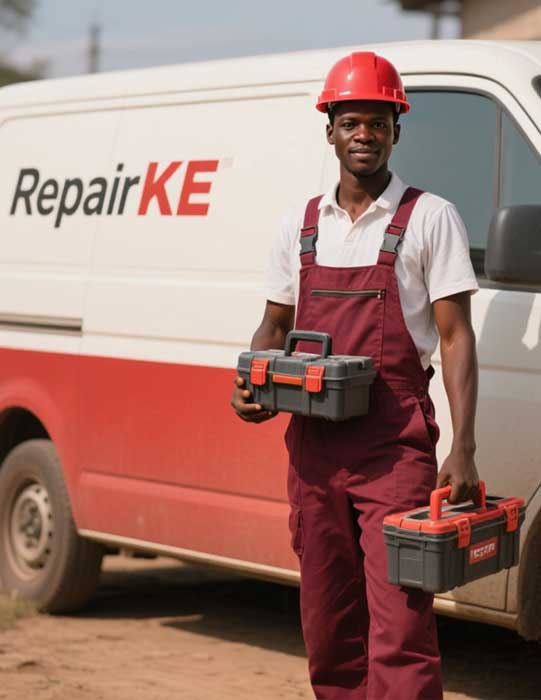
Faulty Cooling System
Authored by Repair.co.ke
A faulty cooling system in a welding machine can lead to overheating, reduced performance, or automatic shutdowns, as most modern welders have thermal overload protection. This fault disrupts operations and can damage internal components if not addressed.
Common causes include clogged vents or fans, which restrict airflow and prevent heat dissipation. In liquid-cooled systems, low coolant levels, pump failures, or blocked hoses can impair cooling. Dust and debris accumulation in the machine’s interior can also obstruct cooling mechanisms. Operating the machine beyond its duty cycle or in high-temperature environments can exacerbate cooling issues, overwhelming the system.
Diagnosing a faulty cooling system involves checking for thermal overload warnings or automatic shutdowns. Inspect vents and fans for blockages and clean them with compressed air. For liquid-cooled systems, verify coolant levels and check the pump and hoses for proper operation. Monitor the machine’s duty cycle and ambient temperature to ensure they are within manufacturer specifications. If issues persist, internal components like the fan motor or thermostat may require professional repair.
Preventive measures include regular cleaning of vents and fans to ensure unobstructed airflow. For liquid-cooled systems, maintain proper coolant levels and inspect pumps and hoses routinely. Operate the machine within its duty cycle and avoid use in excessively hot or poorly ventilated areas. Schedule regular maintenance to check cooling system components and address wear before failures occur.
A faulty cooling system can lead to costly downtime and component damage, particularly in industrial settings. By prioritizing cooling system maintenance and proper usage, welders can ensure reliable machine performance and longevity.
Authored by Repair.co.ke




